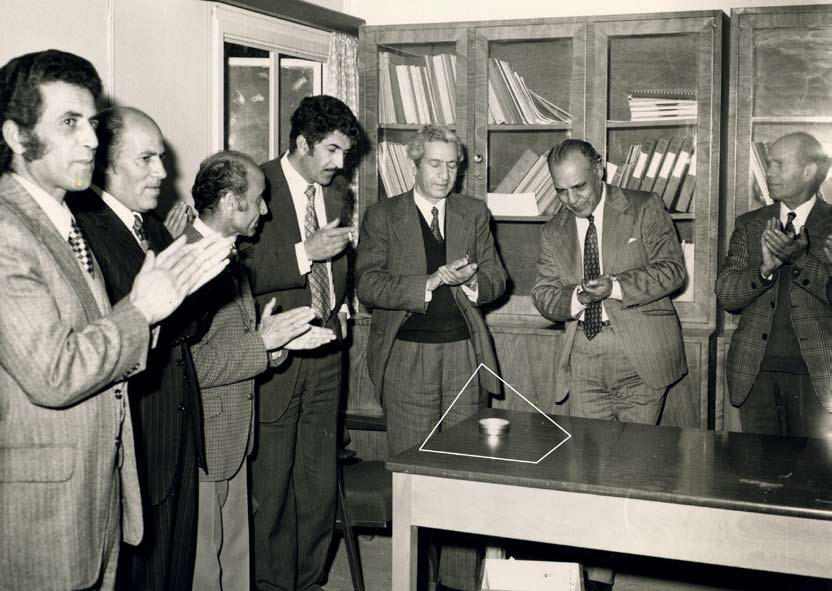
We decided to try something different this issue, a theme that wasn’t really a theme the way GLORY or ENVY or TRAVEL are themes. Our rubric this time is OBJECTS. By which we mean to imply neither a rigorous art-historical treatment of the modernist object, nor a phenomenological account of stuff, nor some psychological treatment of desire and its target. We thought of it as a quest, or rather a question — what are the Bidounest things in the world? We asked friends old and new to play along with us, imagine just such an object, and then tell us a story about it.
And lo, the stories they told: monuments and memento mori; iconic props of iconic people; trusty or beloved cars, buses, blankets, drums. Dictators are slightly overrepresented (but then, nobody loves a prop like a dictator). Some of them are light or whimsical. Some of them are tough to read. (At least one of them was tough to write, take my word for it.) Some are weirdly moving. A few of them are fictional. But all of them, we think, are slightly fantastic, and in any case we hope you enjoy them. The middle pages of the magazine are a veritable Treasury of Bidounish Wonders, a visual catalogue produced by creative director Babak Radboy, armed only with vinyl, corkboard, and a handful of items from obscure mail-order catalogues.
There are a lot of new things in this issue, as well. It’s a thick one, the biggest yet. A new column opens up the quasi-hermetic world of the private collector and her prized possessions, inaugurated this issue by Madelon Vriesendorp. A new department, the gallery, presents a selection of images that intersect the theme in one fashion or another. And a pair of inserts showcase extravagant object-oriented imagery. In Children’s Museum, an artist’s project by Vadim Fishkin, the curatorial instincts of ten-years-old-and-under kids are unleashed. The other presents the terrifyingly desiccated exhibitions of Cairo’s Agriculture Museum, a space straight out of Borges or Sebald or maybe even Mahfouz, whose white linen suit itself makes for a powerfully telling object, as you may learn on page 86.
As always, thanks for reading.